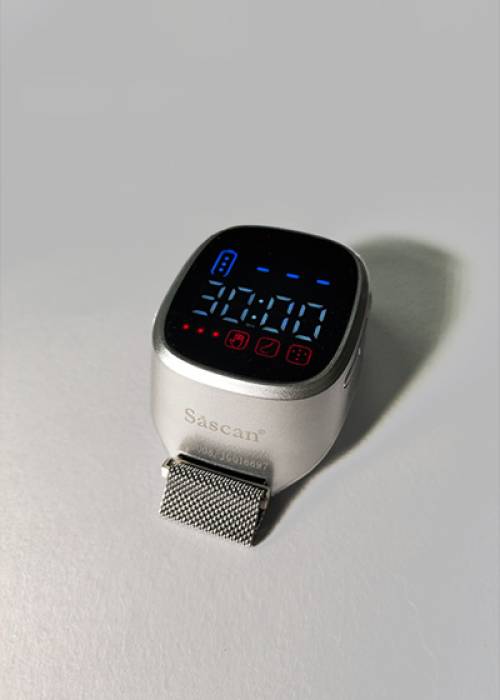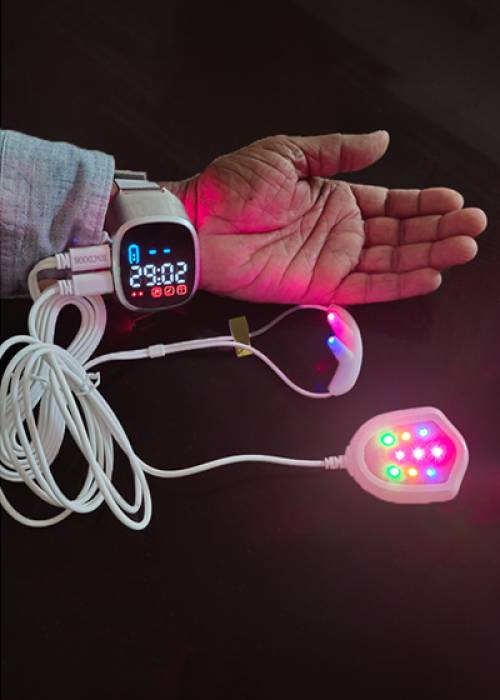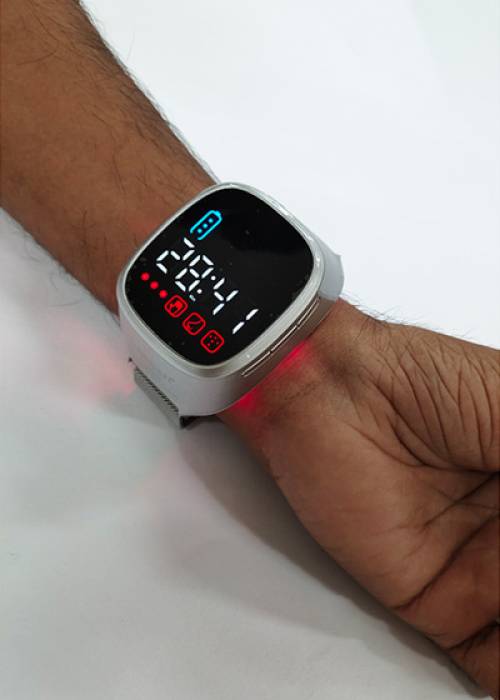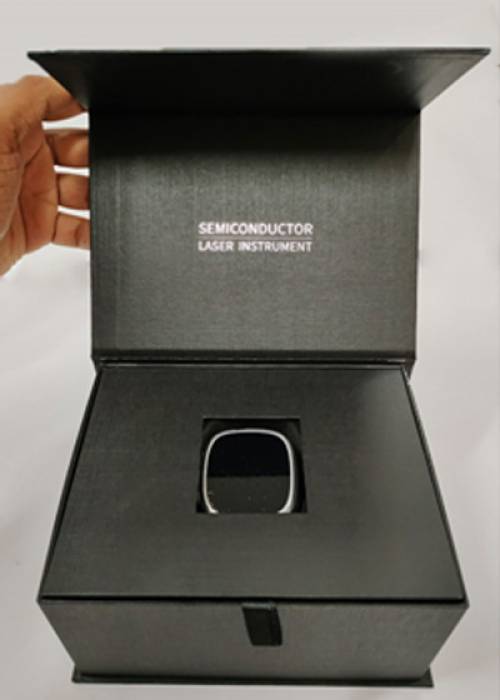CureLaze
When lipids, cholesterol, and other substances in the blood increase and get attached to the erythrocyte surface, it leads to erythrocyte aggregation, accelerated sedimentation, and high blood viscosity. Due to the high blood viscosity, there is an accumulation of a large number of erythrocytes, oxygen reduction, decrease in blood flow velocity, resulting in certain parts of the body having an ischemic and anoxic state. Hyperviscosity is the direct cause of atherosclerosis; it also can lead to cerebral infarction, myocardial obstruction, diabetes, and aseries of serious diseases.
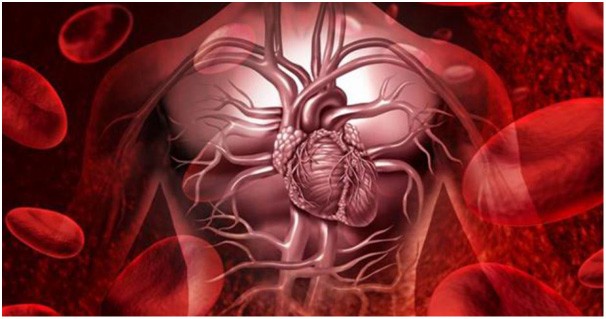
The blood contains a variety of fats (lipids), such as cholesterol and triglycerides. When the content of one or more lipids is too high, it is called Hyperlipidaemia, which will increase blood viscosity, causing thrombosis and blood vessel blockage. This leads to ischemia, hypoxia, and necrosis of the heart, brain, lungs, and other parts of the lower extremities.
Through LLLT, the optical energy gets converted into biological internal energy that regulates the environment of the body, reducing blood viscosity, enhancing microcirculation. This activates various enzymes, and stimulates the adrenal cortex function. There will be an increase in the glucocorticoid and decrease in the synthesis of cholesterol lipoprotein in the liver. This will also accelerate the dissolution of triglyceride and decomposition of lipoproteins. This is the process behind the reduction of blood-fat coronary heart disease, cerebral infarction, and other diseases by Curelaze.

Hypertension can lead to cardiac hypertrophy and heart failure, which also can cause angina pectoris or myocardial infarction. Long-term hypertension can lead to ventricular dilatation and hypertensive heart disease. Hypertension leads to cerebral arteriosclerosis, and when the situation is serious it may lead to stroke, cerebral infarction, and cerebral haemorrhages.
Cerebrovascular accident (CVA) or stroke is also known as cerebral apoplexy, which can be classified into two major categories, viz. ischemic and hemorrhagic. The ischemic stroke is also called cerebral infarction, including cerebral thrombosis and cerebral embolism. The real causes of ischemic stroke are high viscosity blood and hyperlipemia. Hence, lowering blood viscosity and blood lipids is the key point to prevent and treat stroke. Blood irradiation with CureLaze can greatly improve the patient’s cerebral blood flow and cerebral oxygen supply.
When blood is abundant, we feel active, nourished, and well-connected. Blood runs through our veins and oxygenate cells. It ensures nourishment and moisture for the entire body. Blood keeps our tendons, skin and hair healthy, strong, and flexible. It lubricates joints and allows for smooth movement. Blood also nourishes the mind, increases mental activity, good sleep and helps us wakeup feeling rested.
More than 25 years of research with lasers in the wavelength range of 630-660nm has shown that this waveband directly influences blood plasma, the coagulation process, and all the structural components of the vascular wall. The treatment using infrared light improves the rheological characteristics of the blood and microcirculation, along with normalization of hormonal, immune, reproductive and many other systems.
Intranasal Laser Therapy improves the viscosity of blood and the profile of lipids. Treatment with CureLaze shows improvement in cardiovascular and cerebrovascular diseases via enhancement in the rheological properties of blood. During laser irradiation, anti-inflammatory effects are observed that improve the immunologic activity of the blood.
Intravenous irradiation of the blood improves the hypoxia of the tissue leading tonormalization of the tissue metabolism.. Apart from the elimination of hypoxia and normalization of tissue metabolism, an increase in ATP-synthesis also occurs with normalization of the cell membrane potential.
Product Features:
- Lowers High Blood Pressure Naturally Through Intranasal Light Therapy.
- Laser irradiation improves the patient's-cerebral blood flow and cerebral oxygen supply.
- For patients with a history of stroke, the semiconductor laser treatment can act as a prevention method.
- Laser treatment can improve the oxygen-carrying capacity of blood and minimize the hurt to cerebral tissues by stoke.
- Useful in the management of diabetics. The low-intensity laser radiation therapy is effective on antioxidants, and lipid peroxidation. Improves blood rheology and microcirculation, and plays an important role in the prevention and treatment of diabetic microangiopathy.
- Also useful in the treatment of hyper-viscosity and/or hyperlipidemia and rhinitis, including acute, chronic, and allergic rhinitis.

